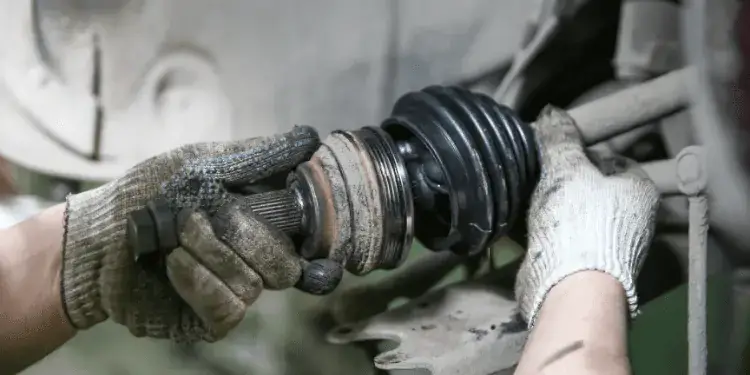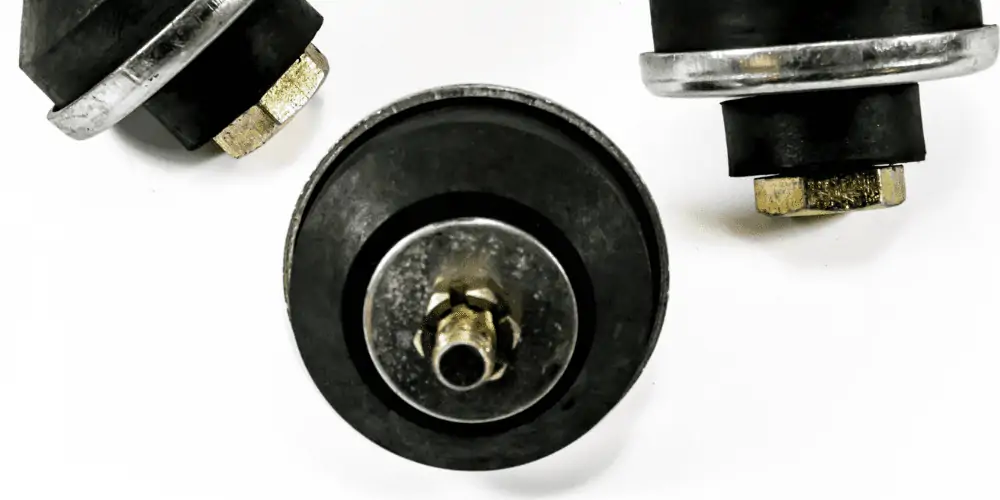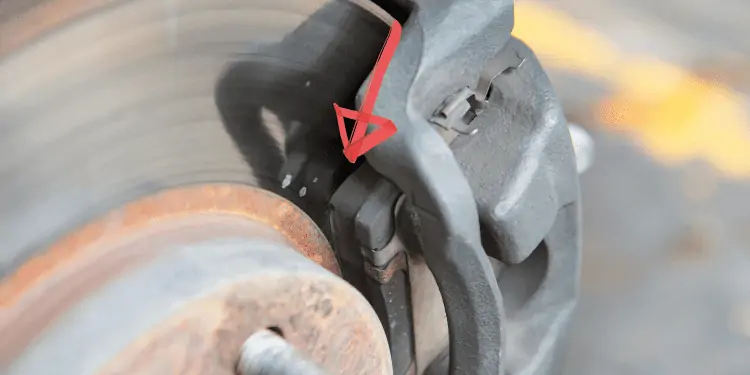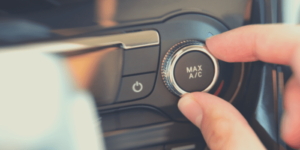A dragging sound when accelerating is actually quite common. This sound can range from a light scratching or dragging to a loud, rattling, and scraping noise.
While it’s natural to want to ignore the sound and hope it goes away, it’s important to identify the problem and address it to avoid any potential increased damage to your car. Generally speaking, the problem won’t fix itself, unfortunately.
In this article, we’ll discuss the most common reasons why your car might be making a dragging sound when accelerating, the associated repair costs, and the safety implications of continuing to drive.
Worn CV Joint
One of the most common causes of a dragging noise when accelerating is a worn CV joint. A CV joint (or Constant Velocity joint) is a part of the car’s drivetrain that connects the transmission to the wheels. Over time, the joint can wear out and make a loud, grinding noise when accelerating.

The likelihood of this being the cause of the dragging noise is high. The good news is that CV joint replacement is generally not too expensive, with most repairs costing around $200-400.
If the boot has cracked, dirt and grime may have got into the joint and, if identified early enough, can be replaced much more cheaply than replacing or repairing the joint itself.
Engine Mounts
One of the most common causes of a dragging sound when accelerating is worn or damaged engine mounts.
Engine mounts are responsible for keeping the engine in place and absorbing any vibrations or shocks that may occur. Most cars have between three and five positioned equal distances apart.
Over time, engine mounts can become worn, split, or damaged, resulting in excessive engine movement. When this happens, the engine may move around slightly, come into contact with the exhaust system, and vibrate on it as the RPMs increase.

The cost of replacing engine mounts can vary significantly depending on the type of vehicle and the number of mounts that need to be replaced.
In some cases, you may only need to replace one mount, while in others, you may need to replace several. Generally speaking, replacing engine mounts should not be considered a costly repair.
The danger of continuing to drive a car with worn or damaged engine mounts is that the engine may move around excessively, causing the car to feel floaty and unstable, especially around corners.
Bad Wheel Bearing
Another potential cause of a dragging noise when accelerating is a bad wheel bearing. The wheel bearing helps keep the wheels in place on the hub assembly.
Over time, the bearing can become worn or damaged, making a grinding noise when the car accelerates.
The likelihood of this being the cause of the dragging noise is moderate, as wheel bearings tend to last a long time before they dry out and need replacing.
However, if the bearing is damaged or worn, the repair can be expensive, with most repairs costing around $100-250.
Muffler
The muffler is responsible for reducing the noise coming from the exhaust system. This part can create a dragging sound when accelerating if damaged or worn.
Other common signs of a damaged muffler include a loud exhaust noise and decreased power.
The cost of repairing a damaged muffler can vary depending on the type of vehicle. If the muffler is only slightly holed, you can patch it for a few dollars.
If the muffler is beyond repair, a new one can cost anywhere from $200 to $400.
Driving with a damaged muffler will result in poor performance, a gas smell, and lower miles to the gallon.
Damaged Exhaust System
A damaged exhaust system can also cause a dragging noise when accelerating. If the exhaust system is loose, has a hole in it, or is damaged in any other way, it can cause the exhaust to vibrate and make a loud, dragging noise when the car is accelerating.
The likelihood of this being the cause of the dragging noise is low, as exhaust systems tend to last a long time before they need to be replaced.
It’s worth checking the heat shield that is held onto the underside by clasps as these do fail and cause the shield to contact the exhaust and cause a metal on metal noise.

Obstruction
An obstruction can also cause a dragging sound when the car accelerates. This can be anything from a rock stuck between the brake caliper and the rotor to a piece of debris lodged in the wheel well.

The cost to remove obstructions can vary, depending on the type of obstruction and how difficult it is to remove. A few dollars at a car shop if the obstruction is easy to find is all it will cost.
The dangers of continuing to drive with an obstruction are high. If the obstruction is not removed, it can damage the brakes, the wheel well, or the paintwork.
Drive Shaft
The drive shaft transfers power from the engine to the wheels. If this part is damaged or worn, it can create a dragging sound when you accelerate.
Common signs of a damaged drive shaft include a rattling or clunking sound from under the car and a decreased acceleration or power.
Minor damage, such as worn U-joints or torn seals, can usually be fixed by replacing the components with new parts.
The repair may require the drive shaft to be re-manufactured for more extensive damage, such as a bent drive shaft. This process is more expensive but ensures the drive shaft is as good as new.
The drive shaft repair cost can vary depending on the severity of the damage, the type of parts needed, and the labor costs. In general, minor repairs can cost between $150 – $200.
Conclusion
A dragging noise when accelerating can be caused by a number of different problems.
Some of the most common causes are loose parts, worn out wheel bearings, damaged CV joints, faulty axle shafts, dragging brakes, and worn out driveshaft U-joints.






![Car Sounds Like It's Dragging But Nothing Is - [FULL GUIDE] brake-wear-indicator-car](https://carzaza.com/wp-content/uploads/2024/02/brake-wear-indicator-car-300x150.png)






